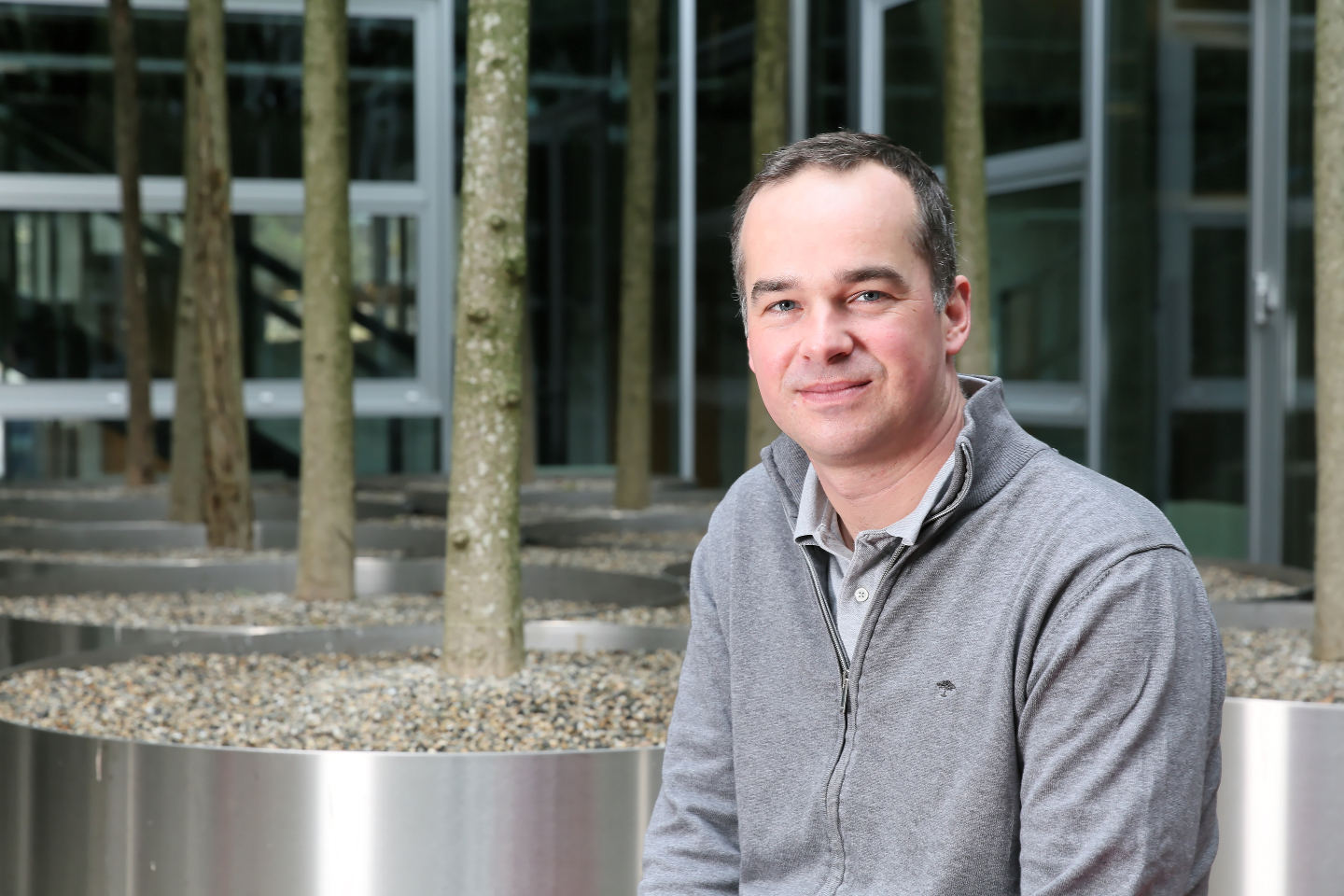Prize in the Financial Engineering section

Rüdiger Fahlenbrach’s students learn to do such things as analyzing an economic situation and managing the risk taken on by a bank. But this is not a field that engineers warm up to easily. “Finance is a social science at the crossroads of the humanities and engineering,” said Fahlenbrach. “Some methods produce a different outcome each time, and this can make things difficult for students who are used to the hard sciences.” The professor’s task is to help his students understand how the financial markets work without getting bogged down in the technical details.
Mission accomplished: Fahlenbrach was awarded the 2015 teaching prize in the Financial Engineering section in recognition of his approach. He strives to make his courses very interactive, so his students can see how their ideas stack up against the real world. “I give them case studies, such as how to help a company solve a problem. They come up with a solution and present it to the class.”
Fahlenbrach always takes the time to draw parallels between what they are studying and what is going on in the world. His entire teaching approach revolves around this model, and he has completely re-thought what was initially a very theoretical course. “I decided that we would follow a company like Google from its early days, so that the students would see what they study in real-life situations.” This approach was an immediate hit with his students.
Fahlenbrach teaches the introductory course on finance, which is a requirement for the Master’s in Financial Engineering, along with an elective on financing for startups and distressed companies and a PhD-level course. He is passionate about this subject matter and believes that teaching has helped him grow as a person. “In research, feedback is a long-term process. But when I teach, it is immediate and very gratifying.”